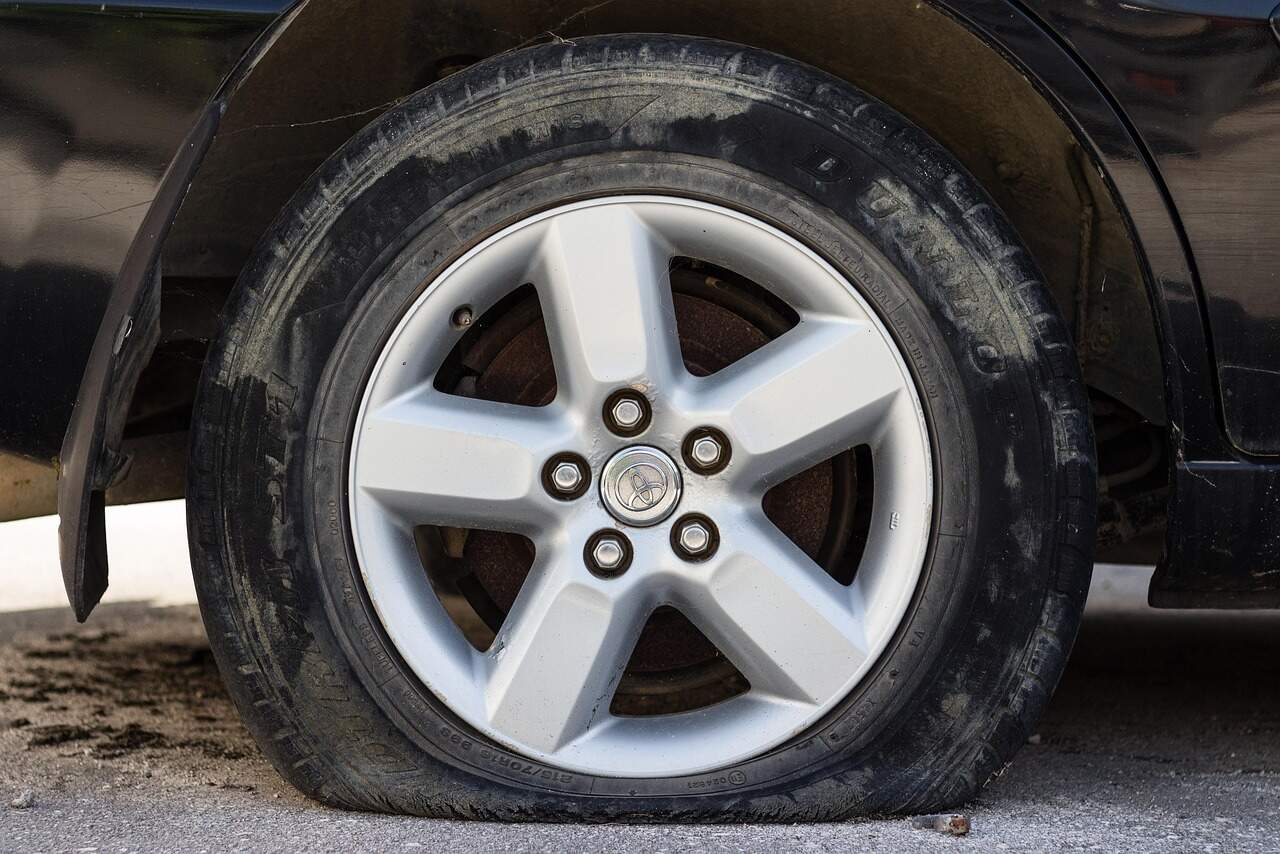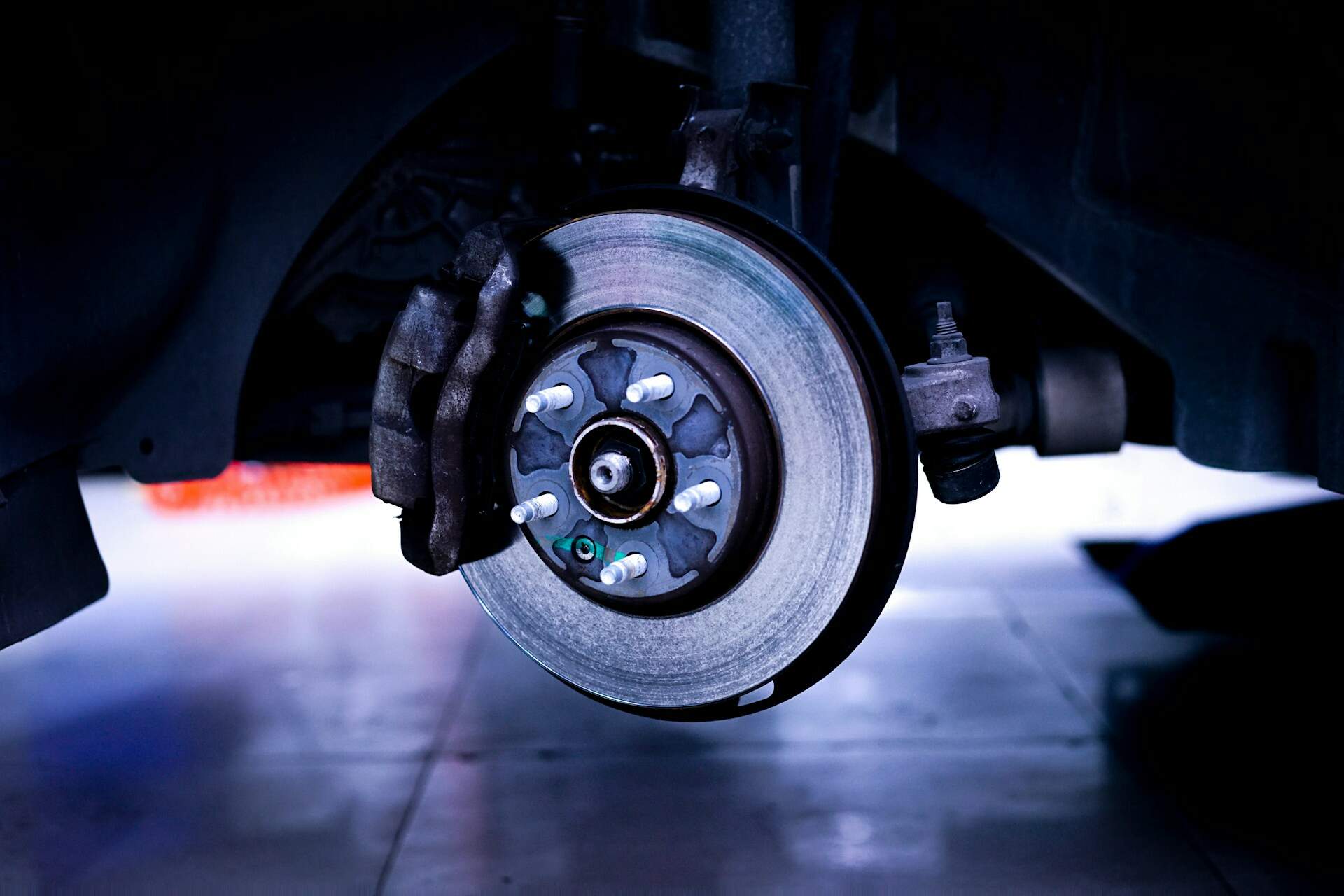When was the last time you thought about the condition of your tyres? Tyre rotation is one of the easiest ways to keep your tyres in great shape, enhance your car’s performance, and stay safe while driving.
But what is tyre rotation? It’s the process of regularly changing the position of your tyres to ensure they wear evenly. For example, swapping the front tyres with the rear ones or switching them diagonally. Since tyres wear differently depending on their position, rotation helps balance the wear, which extends the life of your tyres.
So, how often should you rotate your tyres? It is recommended that you rotate your vehicle’s tyres at least every 10,000 km, or every 6 months, whichever comes first.
But there are a number of factors that will affect when you need a tyre rotation. In this guide, we’ll break it all down for you so you can keep your tyres in top condition and get the most out of them.
Factors Affecting Tyre Rotation Frequency
Vehicle Type & Drivetrain
Your car’s drivetrain plays a key role in how your tyres wear, which in turn affects how often you should rotate them. For example, in front-wheel-drive (FWD) cars, the front tyres do the majority of the work and, therefore, tend to wear down faster than the rear tyres.
In rear-wheel-drive (RWD) vehicles, it’s the back tyres that carry most of the load, so they tend to wear out sooner than the front ones. The load distribution across all four wheels in 4WD vehicles creates more even tyre wear, but tyres will still need to be rotated due to natural wear, alignment issues, and driving behaviour.
Vehicle Load & Weight Distribution
The way you distribute weight across your vehicle determines how quickly your tyres will wear down. For example, the uneven weight distribution of heavy loads, such as trailer towing or driving with a car full of tools or passengers, will lead to greater wear on the rear tyres.
Your Driving Habits
Your driving habits also determine how fast your tyres need to be rotated or even replaced. Aggressive driving habits, such as hard braking and sharp turning, can cause uneven tyre wear. This wear and tear is often concentrated on the tyres that bear the brunt of the vehicle's weight.
Your driving behaviour and road conditions both affect the lifespan of your tyres. Driving on rough, unpaved roads makes your tyres deteriorate faster than they would on paved urban streets or highways.
Key Signs It’s Time to Rotate Your Tyres
Maintaining a standard tyre rotation schedule helps prolong the lifespan of your tyres, but unexpected problems can arise. Here are a few signs that it’s time for a rotation:
● Uneven Tread Wear: If one tyre’s tread looks noticeably more worn than the others, it’s a clear sign your tyres aren’t wearing evenly. Rotating them will spread the wear more evenly and extend their lifespan, but depending on the severity of the wear, your tyre might need to be replaced.
● Pulling or Vibrations: Uneven tyre wear will cause your vehicle to pull to one side and your steering wheel will vibrate when this happens. A professional wheel alignment service combined with a tyre rotation service will solve this issue.
● It’s Been Over 10,000 km: Ideally, you should rotate your tyres every 10,000 kilometres or every 6 months. If you’ve exceeded this distance without rotating your wheels, then it’s time to visit your nearest Tyrepower store for a check.
● Unusual Noises: When your tyres develop uneven wear patterns, you will hear a humming noise while driving. Regular tyre rotation helps reduce noise levels while driving, creating a smoother and more enjoyable ride for you, your passengers, and your pets.
Trust Tyrepower for Your Tyre Rotation
If it’s been a while since your tyres were last rotated—or if you’ve noticed uneven wear, pulling, or unusual road noise—don’t delay. With stores nationwide, Tyrepower is here to ensure your car is safe and performing at its best. Let’s ensure your tyres are routinely rotated and ready for wherever your journey takes you!


























